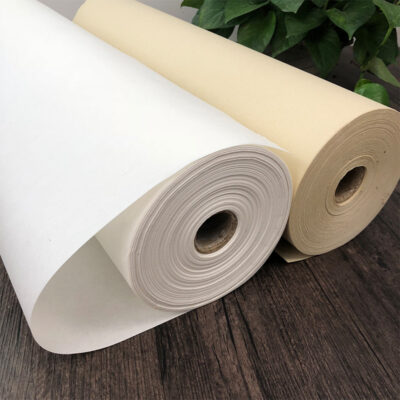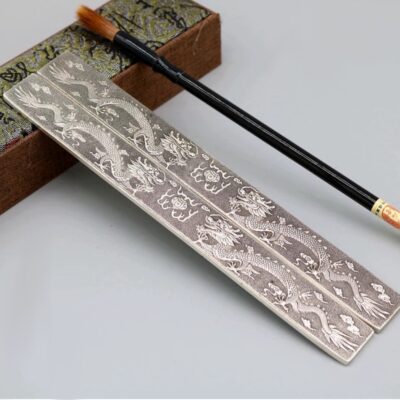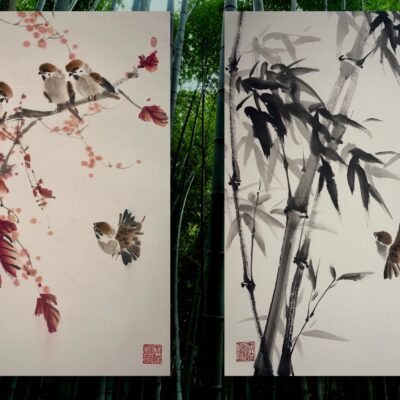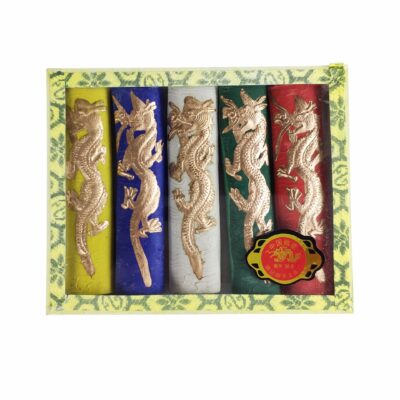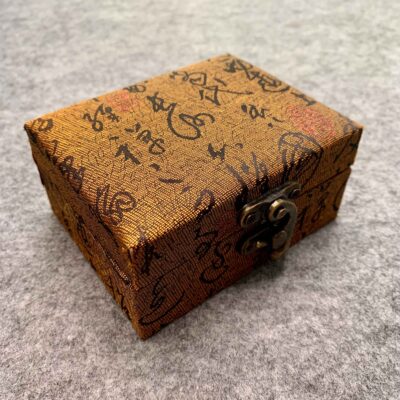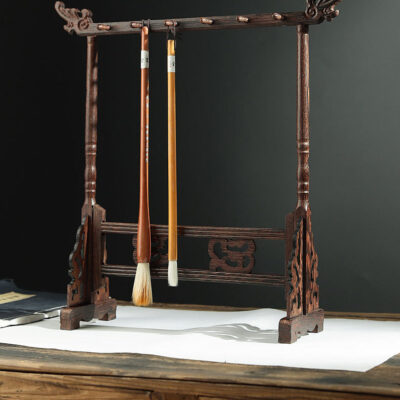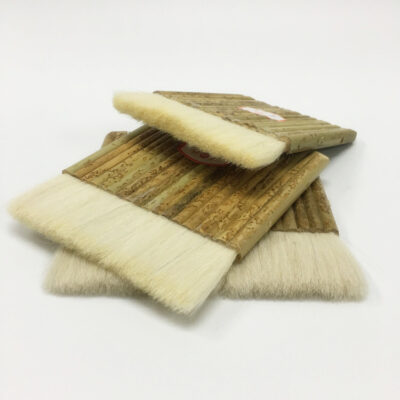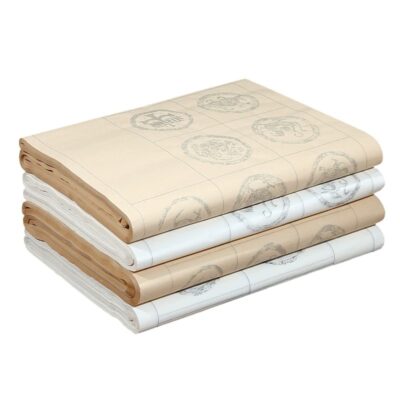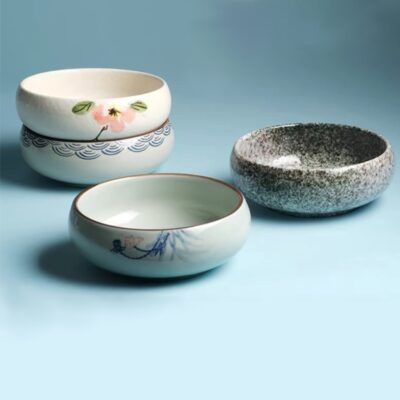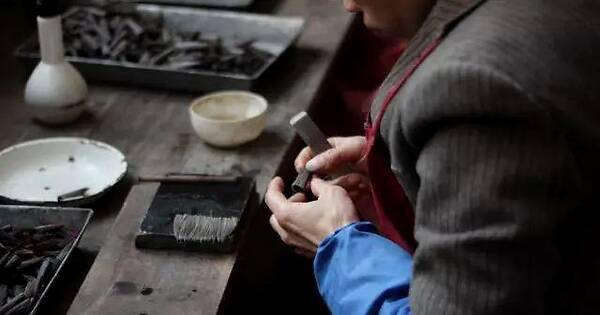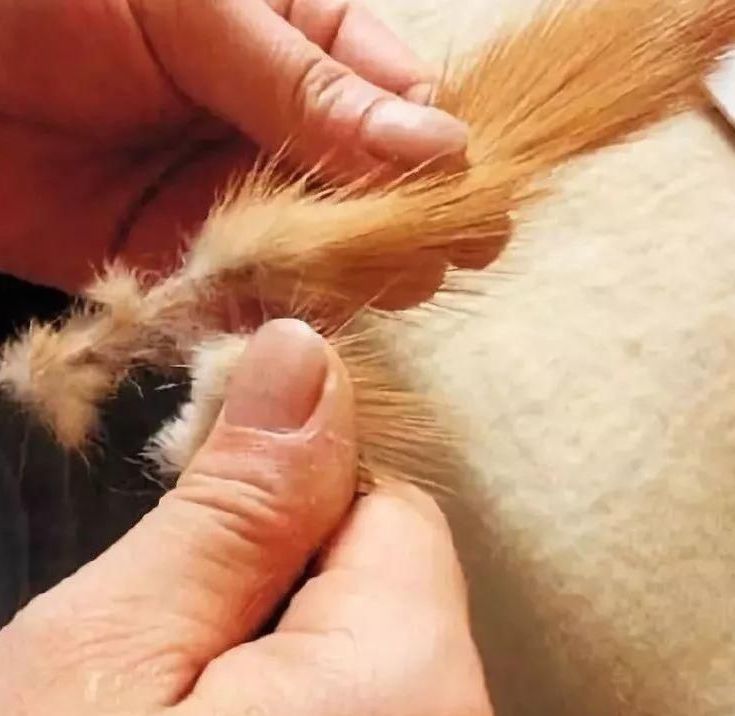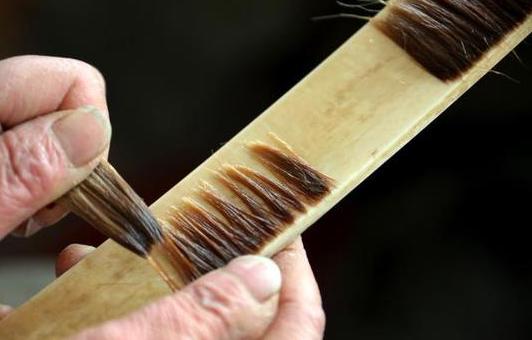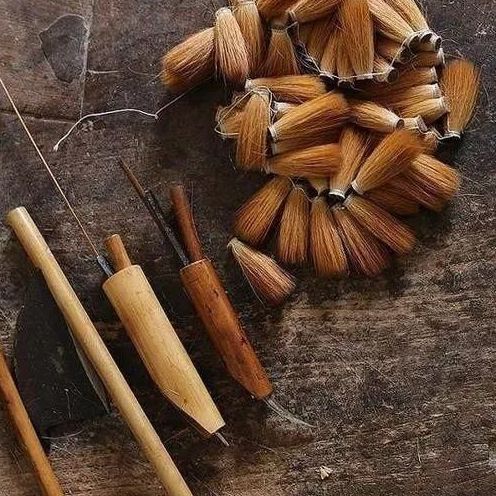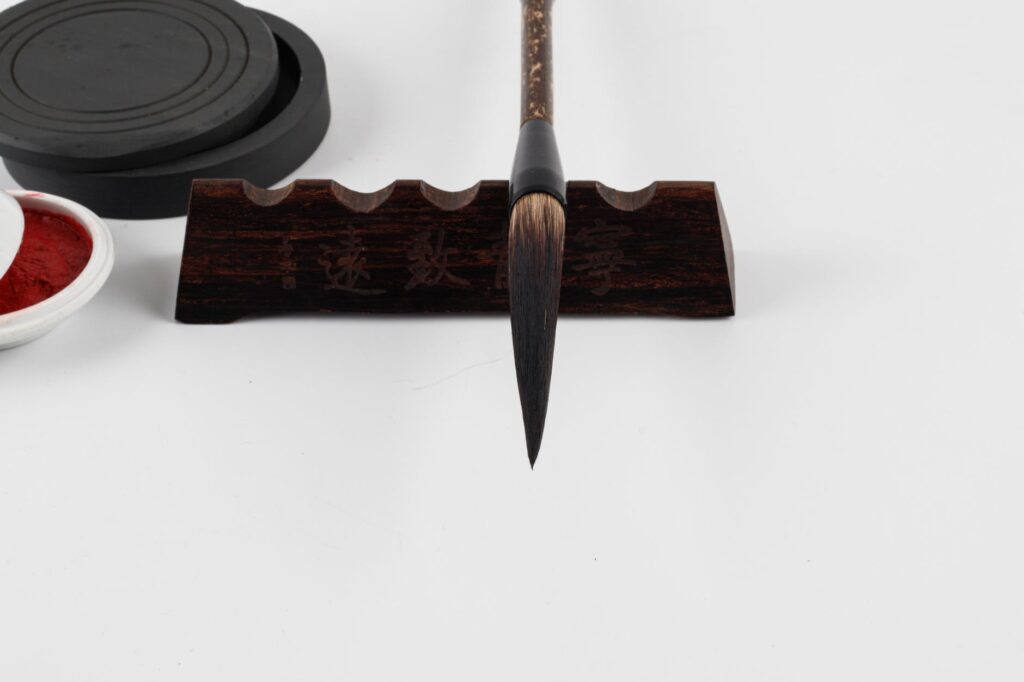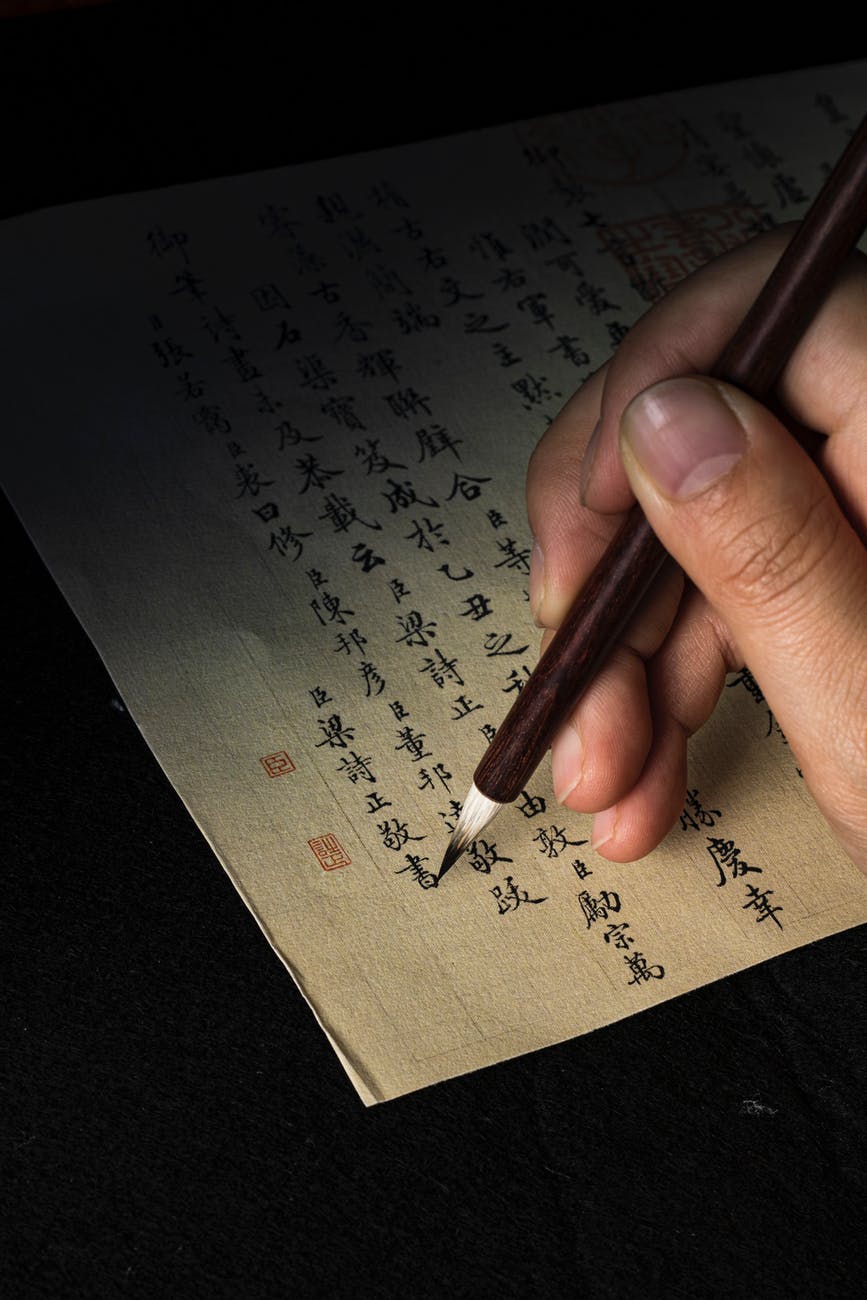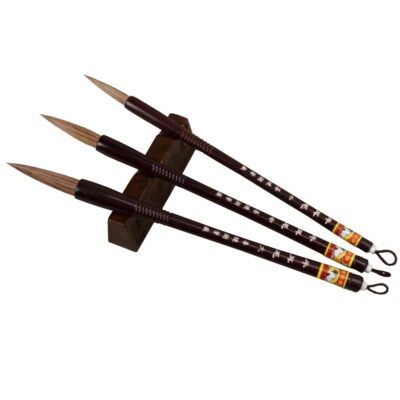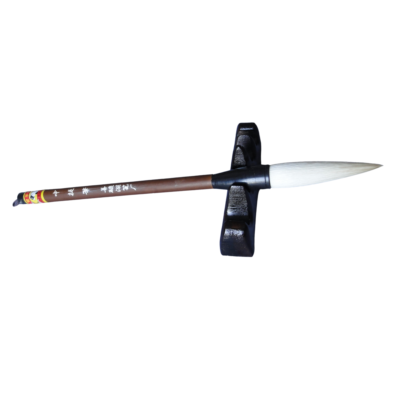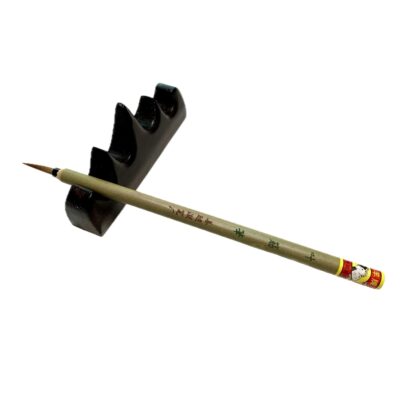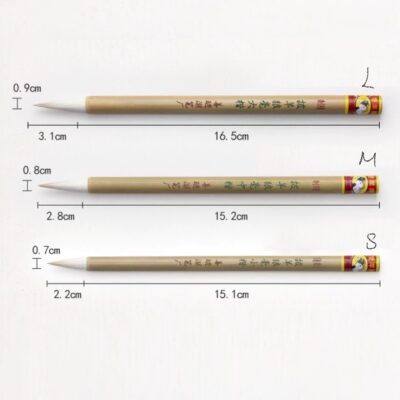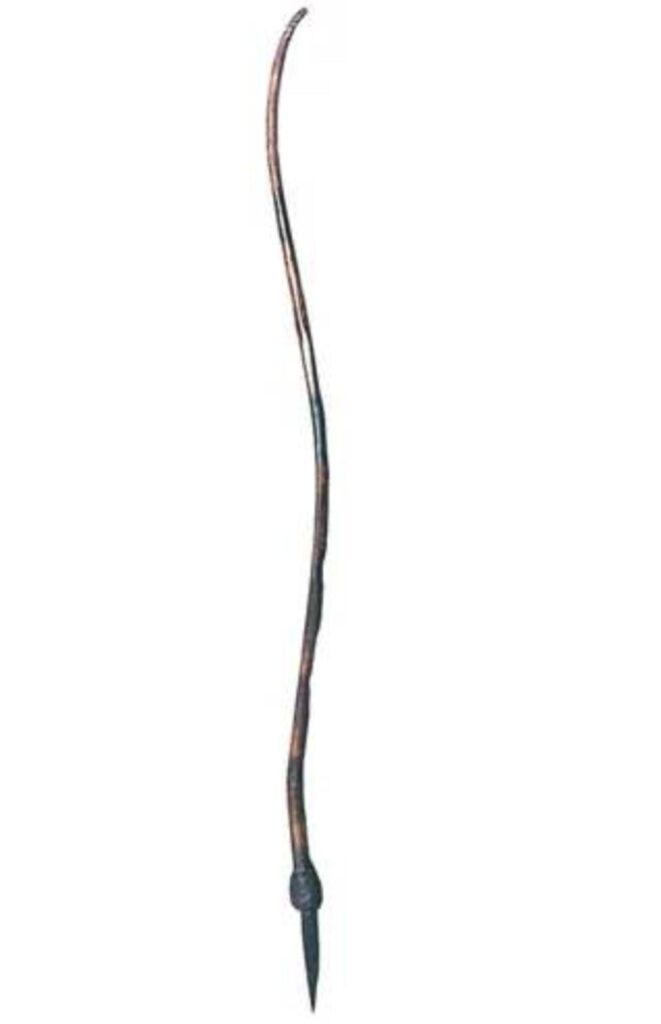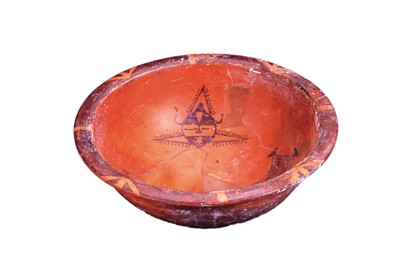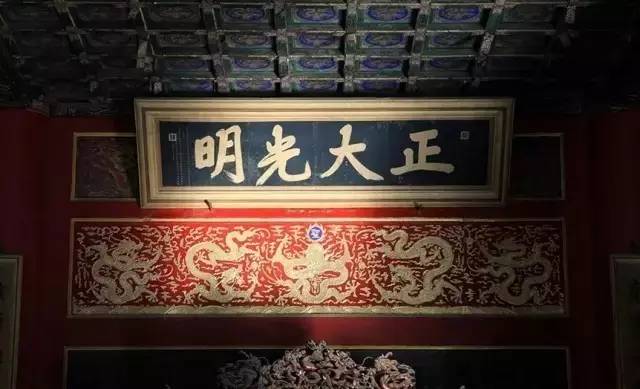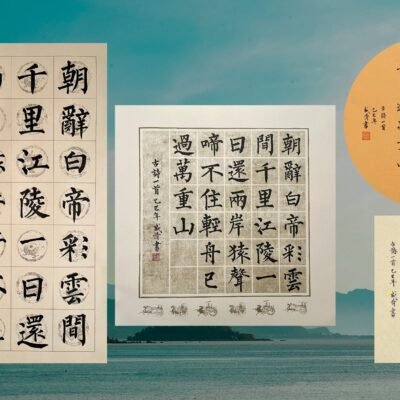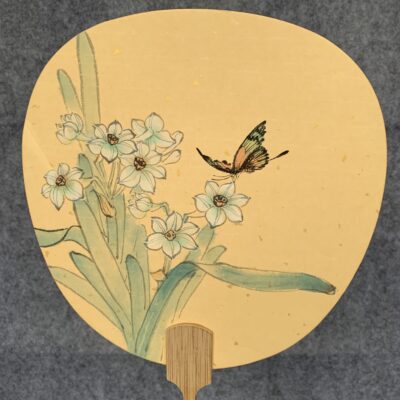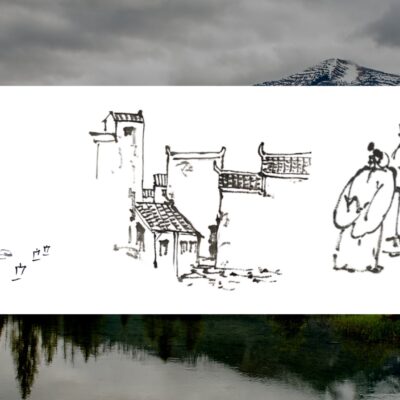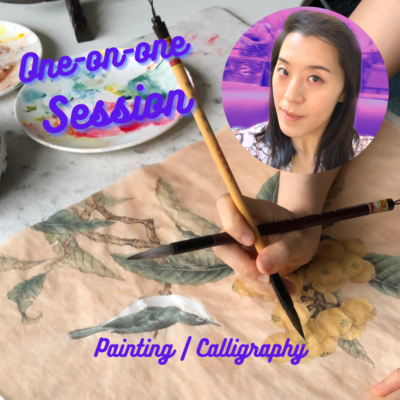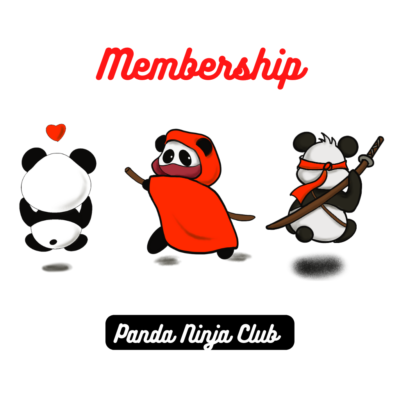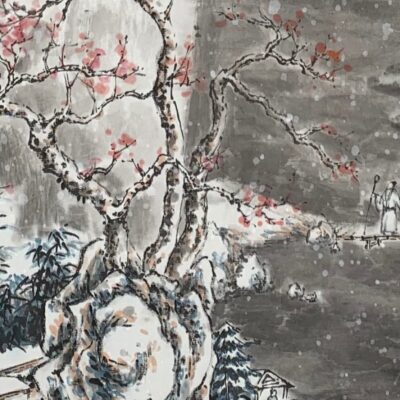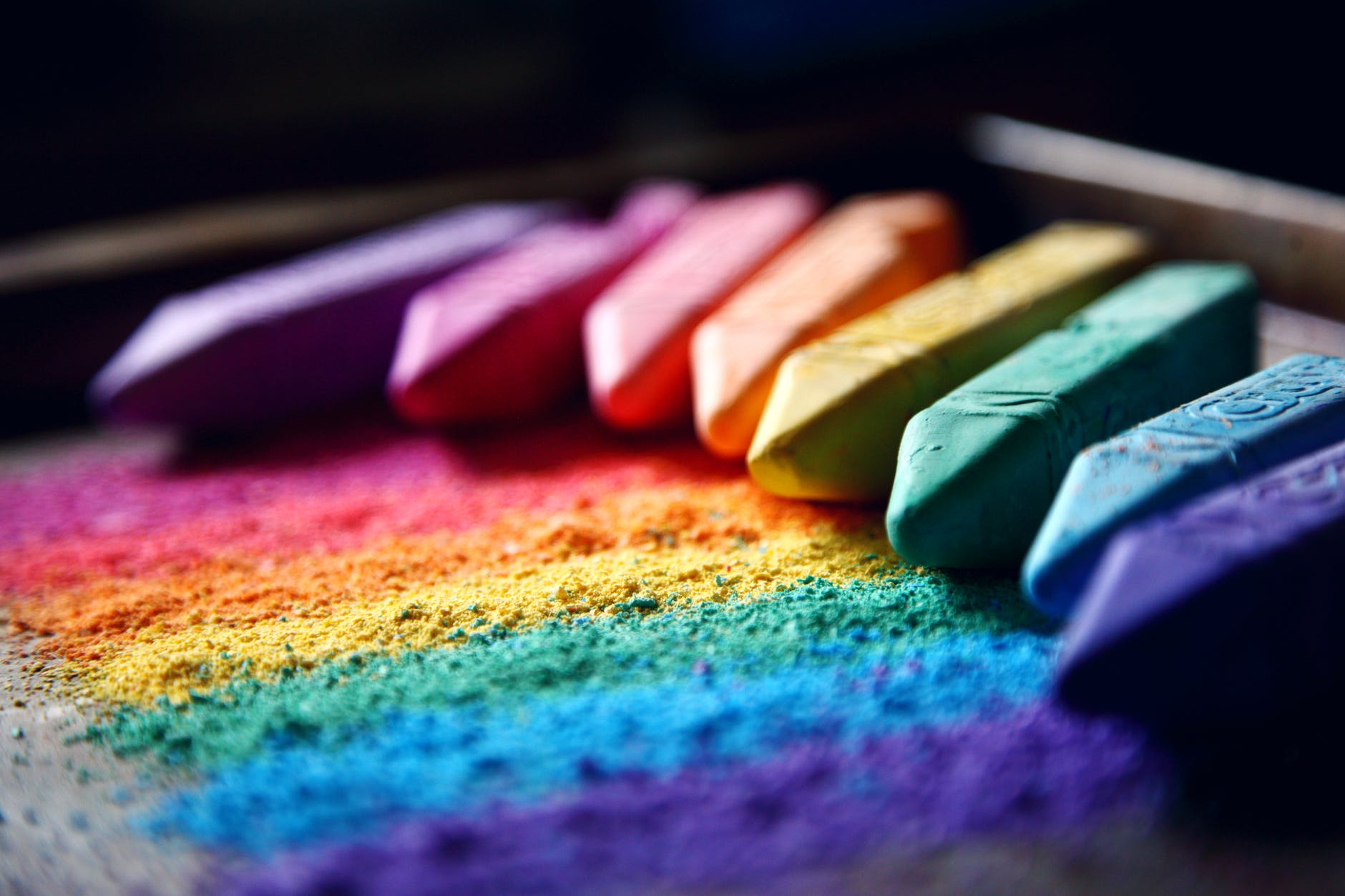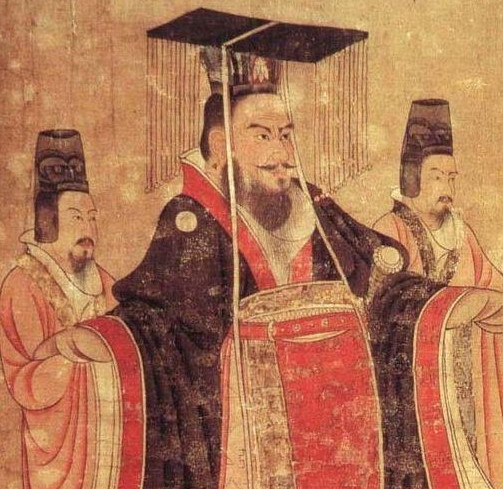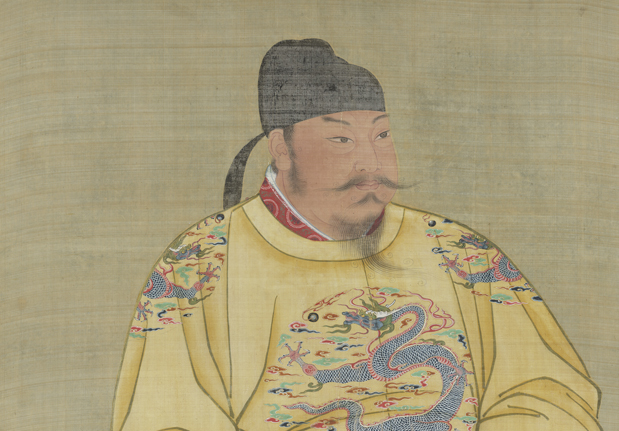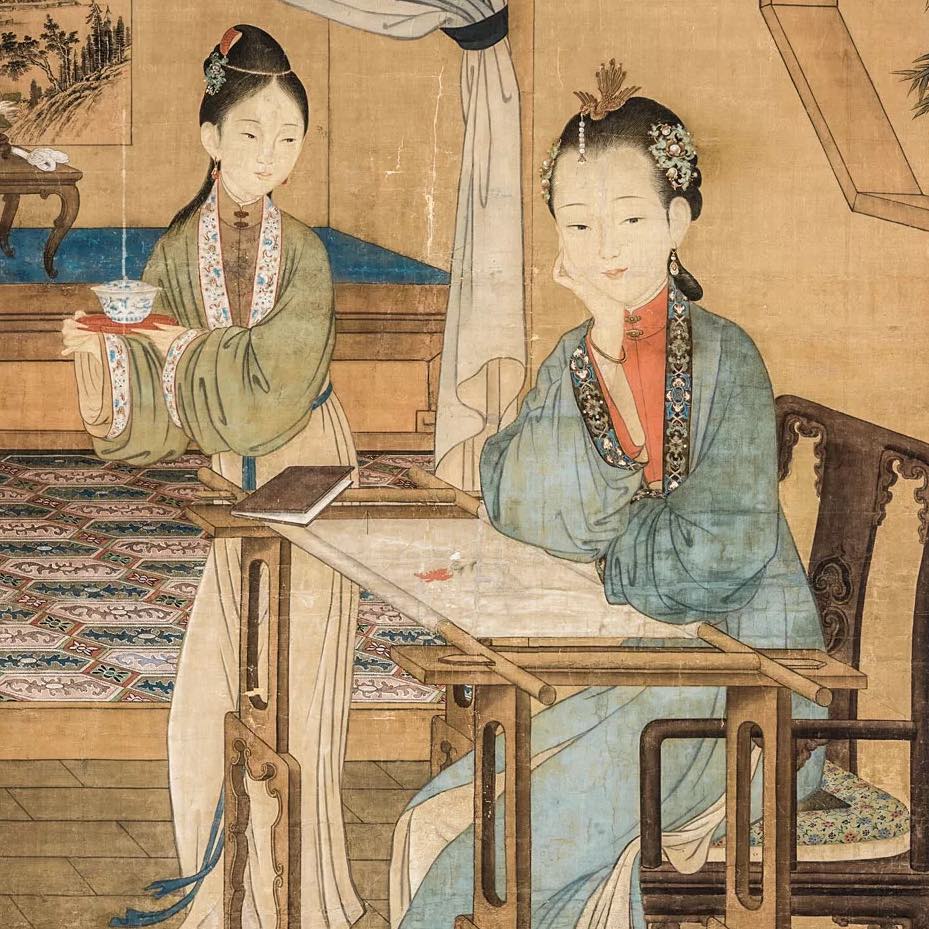Dragons in the East
Dragon Boat Festival is coming again! On the 5th day of the 5th month each year according to the lunar calendar, the Dragon Boat Festival arrives, bringing us many activities, great food, family time, and more importantly, a few days off! This year it will fall on June 3rd. Even if you have never heard of this festival, you may have heard of the dragon boats, but definitely know that dragons are creatures with mysterious powers in the oriental world. Today let us talk about dragons in the eastern world.

Oriental Dragons
Dragons are iconic spiritual animals in the East, they are supernatural creatures that are a combination of many existing animals – they have the body of a snake, head of a pig, antlers of a deer, ears of an ox, whiskers of a goat, claws of an eagle, scales of fish, mane of a lion. Of course, throughout history this list changes, but I am certain you have your very own version of a dragon in mind already!
The dragons have rather complex mythical stories around them. Typically, dragons are in charge of weather patterns, they manage water, but this is not to be confused with the Blue Dragon amongst the four winds, the one in charge of the element of wood and guarding the Easter heavens. The dragons are recognized more often as the four kings in the four seas, protecting the world from water disasters, blessing the world with just the right amount of rain. These dragon kings have lots of treasures too, their underwater palaces are supposed to be glittering with charming colors. However, there are more dragons than these four dragon kings, adding to the complexity of the tales around them. There are red ones, white ones, black ones, blue ones, green ones, and yellow ones… and there are hundreds of stories related to each. Dragons also do not need wings to fly, they can raise into the clouds or dive into the depth of the ocean.
If we trace the origin of dragons, the mostly widely accepted theory is that they came from the worship of snakes, seen as creatures with powers beyond life and death – the snakes appear to be dead in the winters or leave they “bodies” behind, while being as alive as ever. These observations in the early periods are clear signs of unimaginable powers.
There are nine children from the dragon, they each resemble their mothers (many kinds of animals) in some aspects and serve various purposes depending on their individual powers. Nine here is not a very concrete number, but a number referring to “many”, and the legends regarding to these children of the dragon change all the time. In the Ming Dynasty an emperor finally indulged his curiosity and asked scholars to check this up, thanks to him we now have some more information regarding this subject. However, the exact mother of these children and who are these children exactly is still a very disputed topic.

Dragon Character “Long”
The Chinese character of dragon in cursive calligraphy script
The dragon totem has been in the oriental land for over 8000 years, and the five early great legendary kings (about 5000 years ago) in the oriental land started to be associated with dragons, especially Yu, one of the five great kings who was known for his efforts in managing water, and water is what dragons control – from that period on, every ruler sought for legitimacy from being linked with dragons also, they referred to themselves as the sons of dragons, and the general public the descendants of dragons.
Dragons are intelligent and brave animals, they are not particularly close to human lives, but they protect us. The oriental dragons therefore always have positive images, unlike some of the descriptions from the Western dragons. Oriental dragons can be linked with fish however, since fish (carps mainly) have the opportunity to jump really high in an attempt to go over a “dragon gate”, and once beyond this gate, they become dragons too! I have already liked this story, as it motivates me to strive for more, even if something seems unattainable, with the efforts and persistence, there is always hope!

The Dragon Boat Festival has great connections with the dragon worship. Some say this festival originated from the rituals of dragon worship directly. On this day we put on colorful strings as decorations and eat Zongzi while watching the dragon boat races. Around this time of the year there is also quite some rainfall, auspicious water in the eyes of the agricultural people. In the next blog let us explore these traditions, find out about these tasty foods, and celebrate the rainfall together!
Enjoy such cultural discussions? Have comments? I look forward to hearing from you!
Buy Artworks | Learn Brush Painting | Learn Chinese Calligraphy
Dragons in the East Read More »
